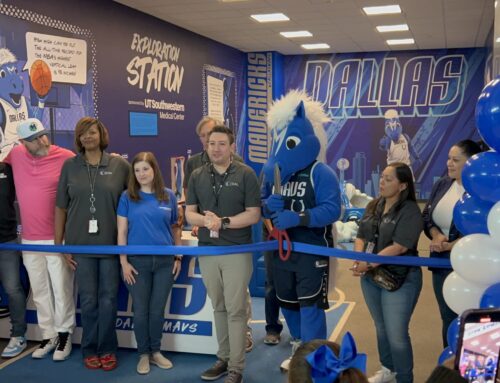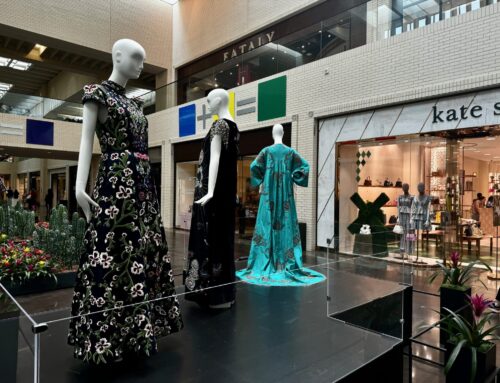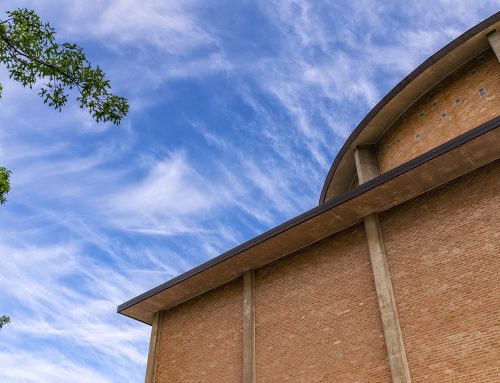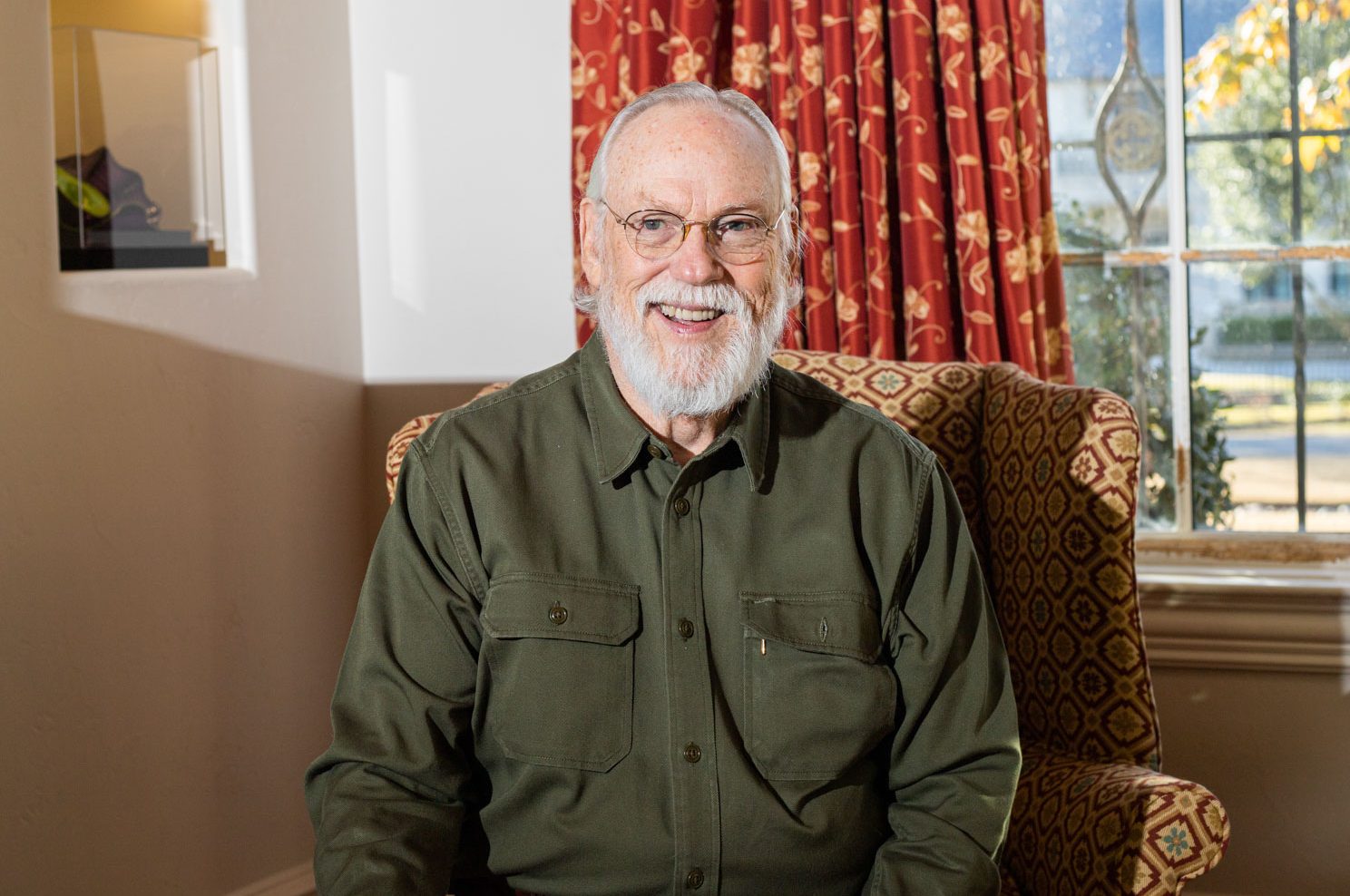
Photography by Jessica Turner.
Alcohol, marijuana and cocaine brought David Elliott to the brink of a 20-year prison stay before he learned how to live chemical free. In 1998 he purchased property on the outskirts of Dallas and started a long-term substance abuse recovery center modeled after a program that helped him. His career and life today revolve around helping fellow sufferers, especially chronic relapsers, avoid the dire consequences of untreated addiction, and discover not only sobriety but also “a life of excellence.”
Where is your Burning Tree Ranch located, and are you there often?
In Kaufman. In 1998 I moved there from a ranch near Laredo, in the middle of nowhere. I bought land where I could build a treatment center and lived there from 1998-2003. We got our first client in November 1999. Side note: That client is still sober today. I am out there about once a week. I attend treatment planning meetings, and have since moved to Preston Hollow, near the Cooper Center.
How about you — do you have personal experience with needing treatment?
I started drinking when I was about 14. I grew up in Port Arthur, where Louisiana was right across the river. There the drinking age was still 18. It became such a problem that, after a blackout in 1968, I swore off. But I discovered marijuana. It was fun, innocent, natural, right? I went on a few years but alcohol crept back in and then cocaine, and those were dominating my life. I was arrested for possession. With a nudge from the judge, as we like to call it, I went to a 30-day rehab, for the first time.
So that didn’t cure you?
That didn’t work for a character like me. I found myself in and out of these 30-day treatments. I just kept getting worse. I smoked crack. I got to know the Bexar County jailers on a first-name basis. The judge could have revoked my probation, but he fortunately seemed to realize that I was a sick, sick person and not necessarily an evil person.
But what changed?
Facing 20 years in prison on a deferred adjudication, I had a moment of clarity. I realized that if this didn’t stop I was going to prison for a very long time. I knelt and told God this addiction was too much. I couldn’t handle it anymore, and I was willing to do whatever it takes to not pick up a drink or a drug again, and by the time I stood up, my life was changed. I was already inside a treatment center at that time, and I told on myself. I said it wasn’t going to work and that I knew I needed something more. The staff there helped me find another program — a year-long deal on a horse ranch where I could go to work if I completed it.
Well, I really thought long term meant 90 days, not a year, but I was desperate and I wound up not only doing the full year of the program but also working there for another year. For maybe four years I worked at treatment centers outside of Texas, and some people remember me saying, “I’m going to build something like this in Texas but better.” I don’t really remember saying it.
But that’s what you did?
That’s what I did. I started looking in ’96, ’97, and it took about two years to actually find the location of Burning Tree. But when I told people what I wanted to do they said I was crazy. Treatment centers were closing their doors left and right in Texas.
What made you pursue it despite the discouragement?
My recovery was rooted in the 12 steps of Alcoholics Anonymous and part of that is establishing a spiritual connection with a higher power and trusting it. But, how do you do that? How do you know what is a good idea? I had to just do what was in front of me, put one foot in front of the other and if it’s God’s will for me then it will be successful and if not, it won’t. And that was approaching 25 years ago.
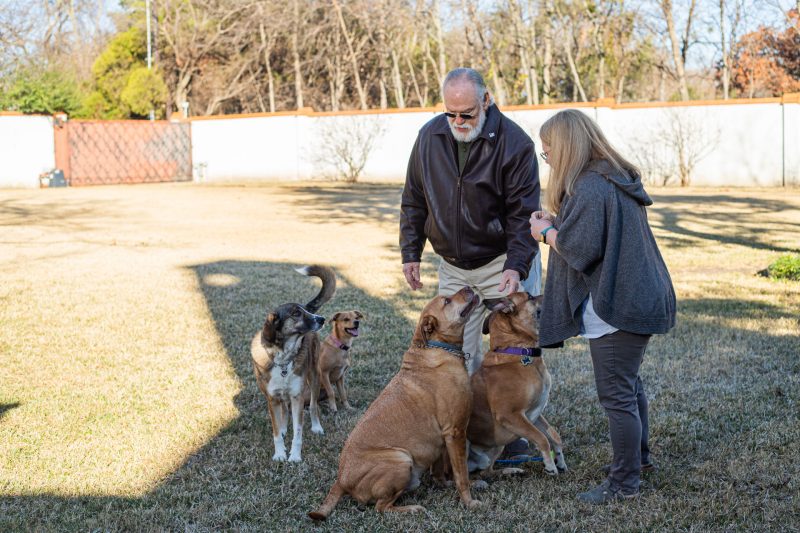
How long is the Burning Tree Ranch program?
One of the things that makes Burning Tree different, it’s based on progress, not a specific time frame. What determines length of stay is willingness or resistance. The more resistant you are, the longer it’s going to take. But we figure somewhere between nine and 14 months is the residential part out on the ranch. We have a one-year transitional and aftercare program which is pretty unique as well. We own halfway houses in Dallas — in Lake Highlands and Richardson — where they can live six months before transitioning to independent living. From start to finish it can be about two years.
Some experts discussing the opioid epidemic say it can take two years for the brain to repair — understanding neither of us is a doctor, have you seen evidence of that? Is that why people need so much time?
The brain is a very intricate and interesting organ. It has the ability to heal itself. But it does take time. We use neurofeedback to aid in that process, but time is the biggest factor for the healing of the brain. It takes a long time to get in the situation our clients are in, and it takes a pretty good amount of time to get out of it.
How do people pay for Burning Tree?
It’s completely self pay, out of pocket, which limits which clients we can serve. We’ve worked with people who are highly motivated who don’t have the funds.
How old is the average resident?
Anywhere from 18 to 70. For life to get as messy as it is for them to come to us, probably in their mid 30s. Although there’s a lot of youngsters too. There are widows or someone in a midlife crisis who starts drinking or relapses. Some are in their 60s and they’ve been to 15 other treatment centers that haven’t worked.
What do they do with all this time?
They stay busy all day. Often by the time they get to us they don’t have any life skills. They can’t keep a job anymore. They can’t show up to work on time. We start off the day with what we call chores. The clients actually help maintain the property by mopping the floors, cutting the grass and that kind of stuff — looking after the dogs — and then all day long we’re in groups. We have all licensed clinicians, equine therapy and exercise therapy. One of our most important aspects of the program is that it is peer-to-peer driven. The ones who have been there longer help the newer ones. And there are 12 step meetings each day.
Cool — you have dogs and horses?
We have horses on the property, but we don’t use those for equine therapy. We have a provider that’s right down the road, but the dogs are there. We’ve always had dogs, and I have always been a dog lover. It seemed that a lot of people would dump their dogs near the ranch.
For a long time we had a policy that if they show up and they don’t bite people or chase the horses they get to stay. We’ve really had some great dogs. The first dog here belonged to the lady who sold me the property. She was going to put her dog down because of a lame leg. I paid to set the leg and she was our first. Sugar. She was sweet, and she lived a long time after that. We have 10 out here now. And it was really quite an accidental start. One of our dogs, Cinco, is a rescue from Afghanistan. There’s a program, Puppy Rescue (based in Celina, Texas) where we adopted Cinco.
Are the dogs therapeutic?
There’s nothing like a dog. Whenever our clients go through that low, down-in-the-dumps prospect of looking at their life — it’s not a pretty picture when we look in the mirror and see who we are — the dogs are always there to say it’s OK, lick your hand and sit down and talk to you and just be your friend. They are amazing therapists, in my mind.
What’s your hope for the people who come through Burning Tree?
It’s not just about quitting drugs or alcohol. This is about establishing a life worth living. I know a lot of people who have figured out some way to stop drinking but their way of life hasn’t changed and I wish they would. Because there is a way to establish a life of excellence beyond sobriety.


